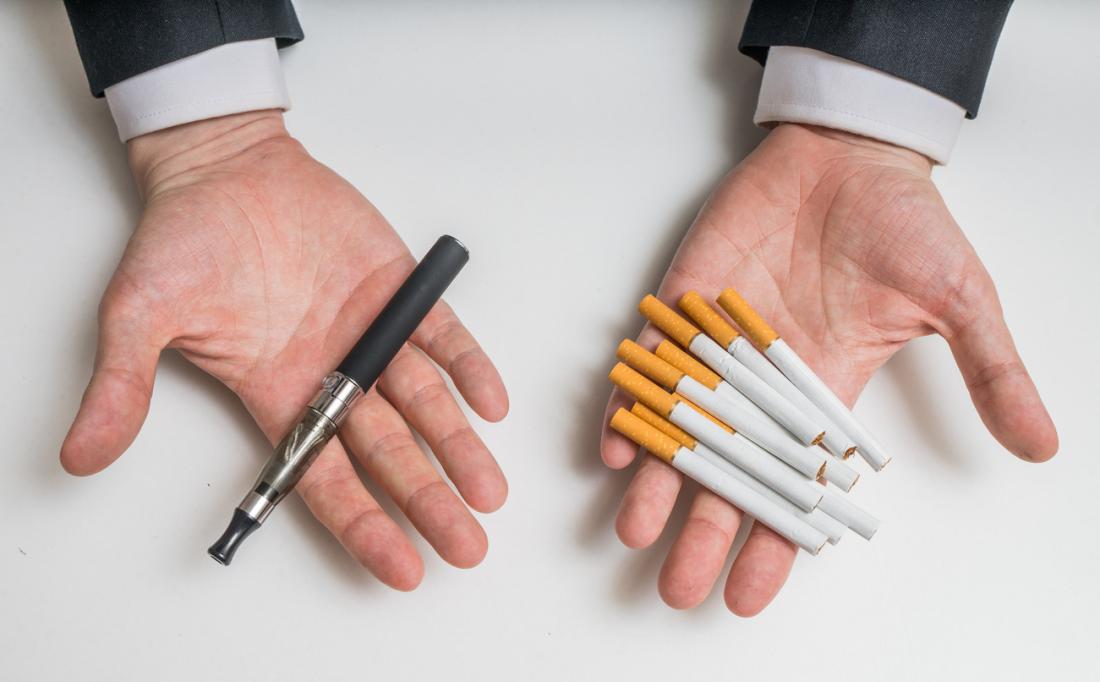Last week, the Head of the US Food and Drug Administration warned the manufacturers of Juul and other e-cigarettes about the risks posed by these products to children and teenagers, calling attention to the fact that underage usage had reached “an epidemic proportion.” The FDA put the makers and sellers of such devices on notice. They now have 60 days to prove that they can keep e-cigarettes away from youth. The order was directed at Juuls and four other major manufacturers, as well as 1,100 retailers. Earlier this year, the FDA had already expressed its concern with what it called a “troubling reality”: the fact that e-cigarettes have become “wildly popular with kids.”
Juul’s website clearly states that their mission is to eliminate cigarettes, stressing that this product is intended for adult smokers who want to quit using combustible cigarettes. Companies such as Phillip Morris have also adopted the discourse of a “smoke-free world”, launching products like Iqos based on the idea of heating tobacco as opposed to burning it. Though tobacco-heating devices and e-cigarettes are different—the first contains tobacco and the second does not—both are nicotine-delivering devices. Since nicotine is highly addictive, so are the products. The problem is that regardless of the harm-reduction rhetoric, there is no question that these devices have become highly popular among youth, many of whom were not smokers to begin with.
 The gap between the alleged motivation of the manufacturers and the reality that has taken over schools has not gone unnoticed. The US Surgeon General has already called attention to the risk that the initiation and use of e-cigarettes pose to the progress made in reducing conventional smoking among youth. The report explains that e-cigarette usage is strongly associated with the use of other tobacco products among youth and young adults, including combustible tobacco products. Besides the risk of e-cigarettes leading to the use of conventional cigarettes, the US Surgeon General also highlights that nicotine itself poses dangers to youth, making the consumption of any products containing such substance unsafe.
The gap between the alleged motivation of the manufacturers and the reality that has taken over schools has not gone unnoticed. The US Surgeon General has already called attention to the risk that the initiation and use of e-cigarettes pose to the progress made in reducing conventional smoking among youth. The report explains that e-cigarette usage is strongly associated with the use of other tobacco products among youth and young adults, including combustible tobacco products. Besides the risk of e-cigarettes leading to the use of conventional cigarettes, the US Surgeon General also highlights that nicotine itself poses dangers to youth, making the consumption of any products containing such substance unsafe.
There are also those who believe that the negative attention surrounding Juuls and other e-cigarettes is misplaced. Today, for example, The Economist published an article saying that the message that needs to be spreading is that “vaping is almost certainly safer than smoking.” Though recognizing that it will take time until there is conclusive data about the effects of e-cigarettes on health, they point out that such products at least look like a useful innovation. It is true that there is potential for improving the health of smokers. The National Academies of Sciences, Engineering, and Medicine recently pointed out that there is “substantial evidence that completely switching from regular use of conventional cigarettes to e-cigarettes results in reduced short-term adverse health outcomes in several organ systems.”
However, the key word here seems to be switch. The same report by the National Academies of Sciences, Engineering, and Medicine also acknowledges that e-cigarette usage by youth and young adults increases their risk of using conventional cigarettes later on. In other words, Juuls and e-cigarettes may be promising as an alternative to traditional smoking, but they are harmful to non-smokers because of the increased chance of moving on to combustibles. In this sense, the FDA’s concern that kids and teenagers are using these devices (and developing an addiction to nicotine) is perfectly justified.
Beyond the discussion of whether the industry is actively targeting youth or not, it is essential that manufacturers and retailers of e-cigarettes find an effective way to keep their products out of the kids’ hands. Otherwise, this might as well turn into a large-scale experiment—one with a whole generation.



